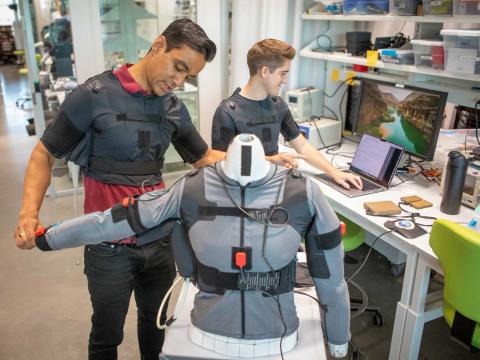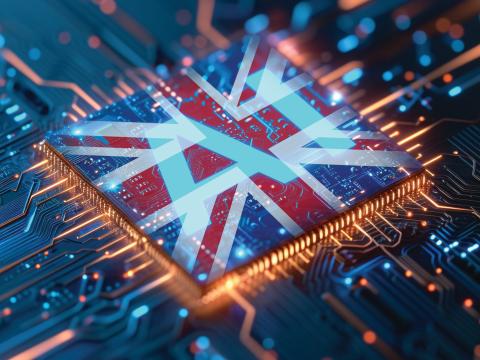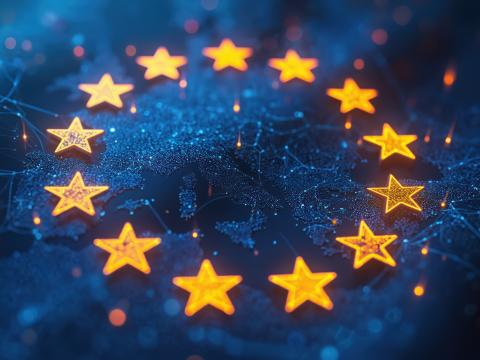Coast Guard Embraces AI and Calls for Industry Collaboration
The U.S. Coast Guard (USCG) leaps into data-centric operations and calls on business partnerships to add capabilities.
“We must integrate technologies at speed that enable our mission execution, together with our mission support, that enables our readiness; data, AI [artificial intelligence], remote tech, space and cyber are increasingly part of this,” said Rear Adm. Sean Regan, USCG, district commander, Fourteenth Coast Guard District in the Indo-Pacific area of responsibility.
The Coast Guard's mission was framed by the principles of ensuring a free, open and secure maritime domain. This includes law enforcement, humanitarian services and military operations. The service operates as a bridge between diplomacy and defense, positioned to reinforce positive behaviors and maintain maritime governance while countering adversarial threats.
Regan offered a keynote on Wednesday at TechNet Indo-Pacific, a yearly event in Honolulu, Hawaii.
Operations in the Pacific include combating illegal fishing, drug trafficking, human smuggling and piracy. Through partnerships with nations in Oceania, the USCG aims to disrupt transnational criminal organizations, which destabilize regional security and fuel mass migration, according to Regan.
The agency's reach extends beyond maritime security, integrating technological advancements to enhance mission execution. This includes leveraging data, artificial intelligence (AI) and cyber capabilities to ensure readiness and adaptability. The service developed cyber protection teams to safeguard critical infrastructure and is advancing AI applications in operational scenarios, such as automated search and rescue and maritime object detection.
“Modern computing will be informed by a big data platform, integrating data across the Coast Guard enterprise from systems our members use daily not only to reduce the burden of manual data entry by field personnel but to empower the workforce to make data-driven decisions that push finite resources across the high stress to our maritime environment and our maritime security,” Regan told the audience.
We must integrate technologies at speed that enable our mission execution.
“The Coast Guard created the Blue Technology Center of Expertise in La Jolla, California, to educate industry, academic and government partners about the Coast Guard missions and technology requirements and to facilitate integration of state-of-the-market tools and capabilities to support the service’s operational mission needs,” added Regan.
Autonomy is part of a new set of capabilities the service develops.
“We are piloting several capabilities such as the robotics process automation and the maritime object detection program,” Regan said.
Through programs like Operation Blue Pacific, the USCG engages with regional partners, building their capacity to enforce maritime laws and protect their waters. The conference underscored the importance of collaboration with industry, academia and international partners to accelerate technological integration and enhance national security.
TechNet Indo-Pacific is organized by AFCEA International and the AFCEA Hawaii Chapter. SIGNAL Media is the official media of AFCEA International.




Comments